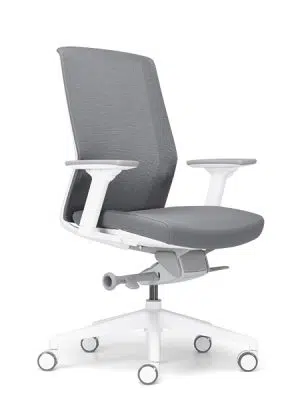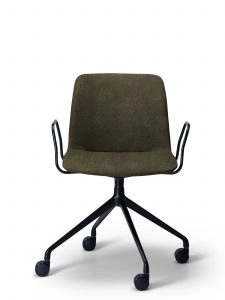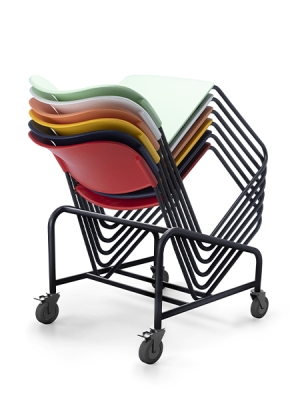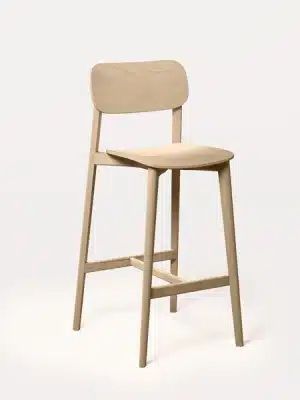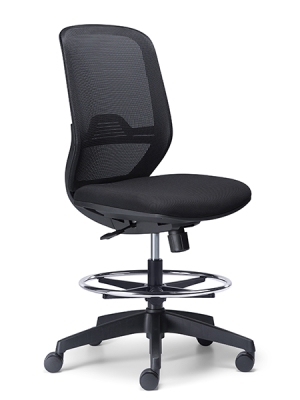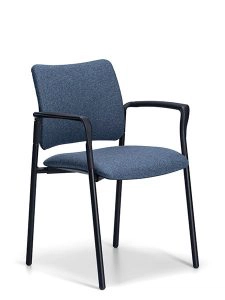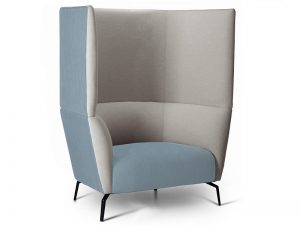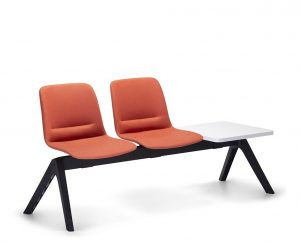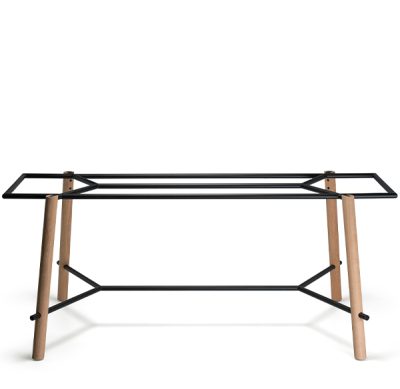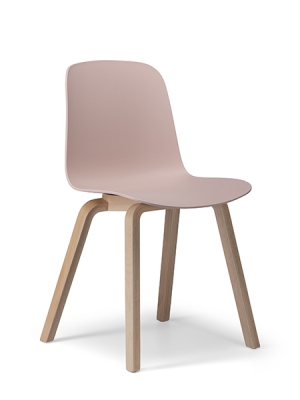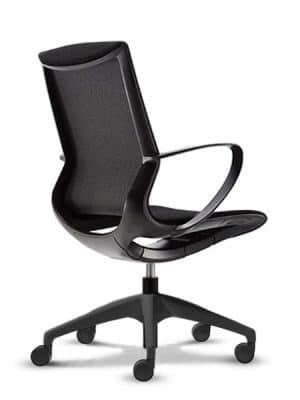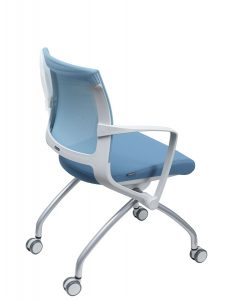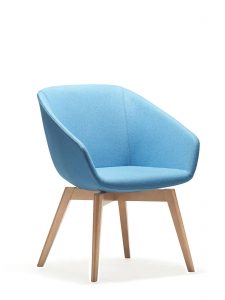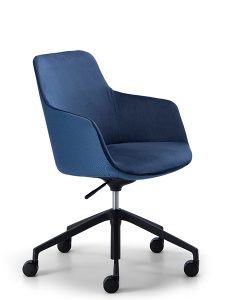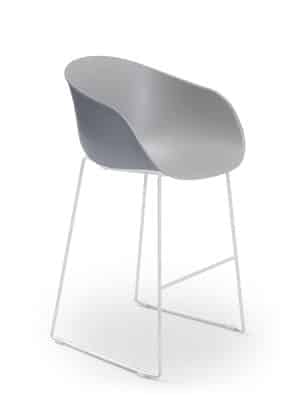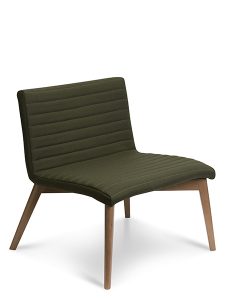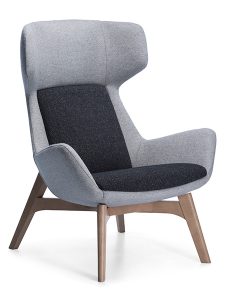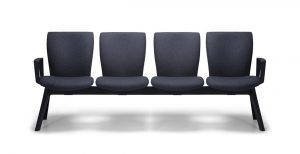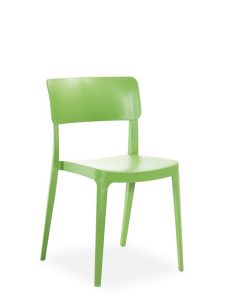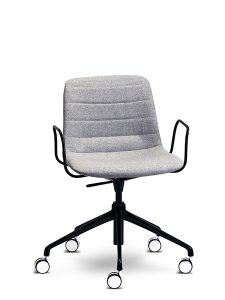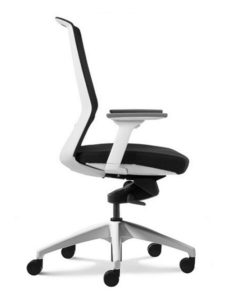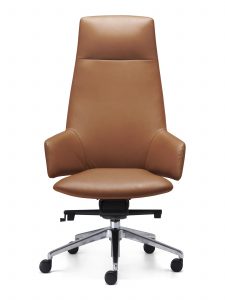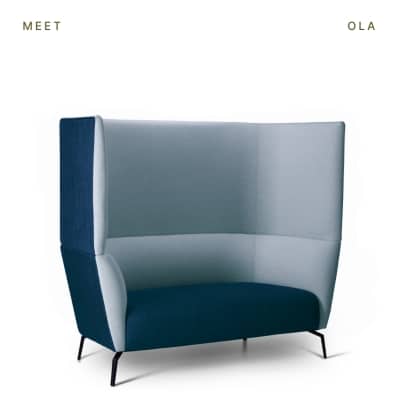The Rise of Commercial Grade Modular Seating in Australian Workplace Settings
In recent years, modular seating has experienced remarkable growth across Australian workplace environments. From corporate offices to healthcare facilities, educational institutions to public spaces, this versatile furniture solution has become a cornerstone of contemporary interior design. Let’s explore why modular seating continues to gain traction and what features interior designers prioritize when specifying these products.
Corporate Environments
Australian corporate spaces have enthusiastically embraced modular seating as businesses seek to create dynamic, adaptable workplaces. The traditional cubicle-centric office has given way to activity-based working models that require furniture to be as flexible as the work itself. Modular solutions allow spaces to be reconfigured quickly to accommodate everything from informal collaborations to private focus work.
High-backed modular pods have become particularly sought-after in open-plan environments, providing acoustic and visual privacy without permanent construction. These pieces often include integrated power and data capabilities, supporting the technology needs of modern workers while creating semi-private meeting areas within larger spaces.
Public Spaces
In public and commercial environments such as retail centers, airports, and hotel lobbies, modular seating offers designers the ability to maximize space utilisation while creating inviting areas for visitors. Linear arrangements can effectively define circulation paths, while clustered configurations create social hubs.
The ability to refresh public spaces periodically without complete refurbishment makes modular options financially appealing to facility managers. Many Australian designers are specifying modular systems that can be easily rearranged or expanded as needs change, providing excellent return on investment for clients.
Educational Settings
Australian educational institutions are rapidly moving away from traditional classroom configurations toward more flexible learning environments. Modular seating supports this pedagogical shift by enabling quick transitions between lecture, group work, and individual study arrangements.
Tiered modular seating has gained significant popularity in university settings, creating informal amphitheater-style spaces that encourage discussion and collaborative learning. These adaptable environments better reflect contemporary educational approaches while accommodating diverse learning styles.
Healthcare Facilities
In healthcare settings, modular seating addresses both functional and emotional needs. Waiting areas benefit from configurations that provide appropriate personal space while maximizing capacity. Modular solutions allow for clear traffic flows, important in managing patient movement, while also creating comfortable zones for families during potentially stressful times.
The ability to easily separate and clean individual components has made modular seating particularly valuable in post-pandemic healthcare design, where infection control remains a priority.
Breakout Spaces
Perhaps the most dramatic adoption of modular seating can be seen in workplace breakout areas. These spaces serve multiple functions—from casual meetings to lunch breaks and social events—and require furniture that can adapt accordingly. Modular systems allow these spaces to transform throughout the day, supporting different activities and group sizes.
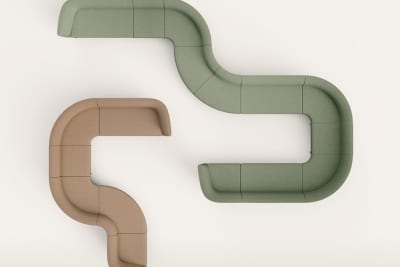
Material Specifications
When specifying modular seating, Australian interior designers prioritize several key material considerations:
- Upholstery- Commercial-grade fabrics with high rub counts (typically 100,000+ Martindale cycles) are essential. Solution-dyed acrylics and polyesters with stain-resistant treatments remain popular choices, with antimicrobial properties becoming increasingly important. Performance wool blends are specified for premium projects, offering natural durability with reduced environmental impact.
- Framework – Powder-coated steel and aluminum frameworks dominate the market due to their durability and recyclability. Lightweight yet strong aluminum is particularly valued in educational settings where reconfiguration happens frequently.
- Foam and Cushioning – High-resilience foams with density ratings of 35-45 kg/m³ are standard for commercial applications. Many designers now specify certified foams that minimize VOC emissions and meet sustainability standards like GECA or GreenTag certification.
- Connectivity Systems – The mechanics of how modules connect has become a critical specification point. Designers favor systems that allow for secure connection but permit easy reconfiguration without specialized tools or extensive maintenance staff involvement.
- Sustainability Considerations – Australian interior designers increasingly specify modular seating that addresses sustainability concerns. Products featuring replaceable components allow for partial refurbishment rather than complete replacement. Manufacturers offering take-back programs for end-of-life components have gained market advantage, as have those using recycled and recyclable materials in their production processes.
Meet our Modular Collection Ola
A collection of beautiful collaborative seating with soft curving lines and luxurious comfort.
High back models offer a secluded place of comfort to get away from the buzz of the open office. OLA modules are great for collaboration zones and can be configured in many different shapes to suit almost any space. OLA modules can also be joined together to create as long a setting as you want. Choose from the new sustainable EcoPlush 100% recycled green fabric or specify your own upholstery to create the look you want.
- Lux Comfort Seat technology
- 140kg Recommended Weight Capacity – per seat
- 5 Year Warranty
- Dual or single tone upholstery
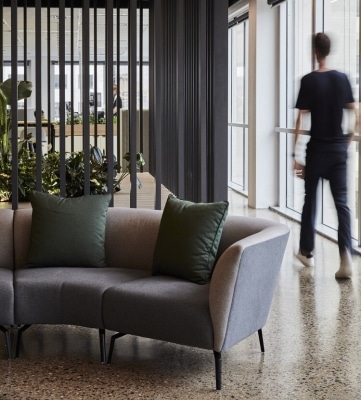
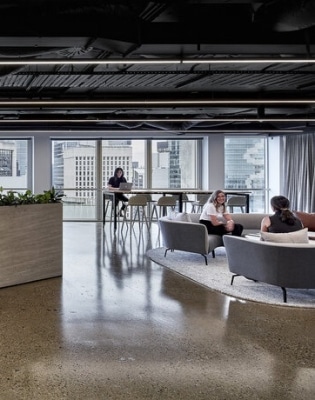
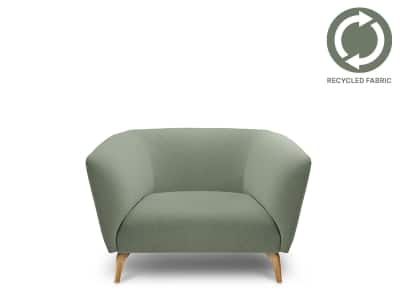
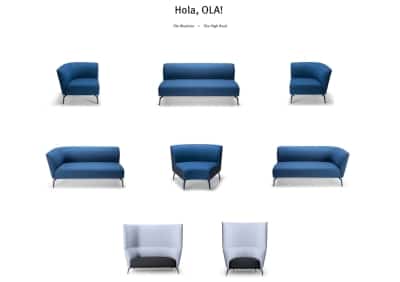
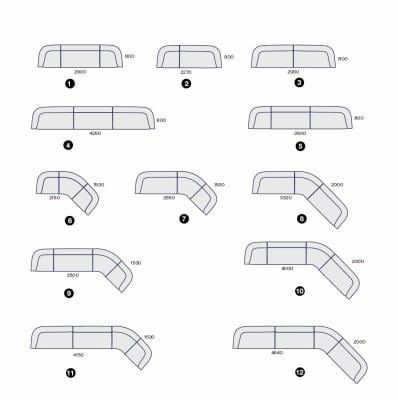
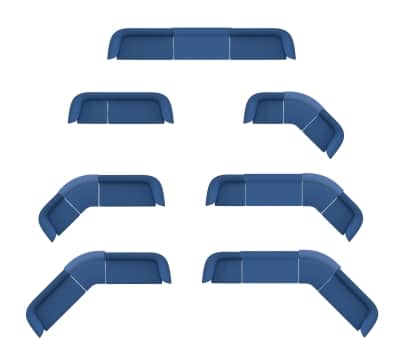
Conclusion
Modular seating continues to gain popularity across Australian workplace environments due to its inherent flexibility, cost-effectiveness, and ability to support evolving work, learning, and social patterns. As organisations increasingly value adaptable spaces that can respond to changing needs, this furniture category seems poised for continued growth. For interior designers, the key to successful specification lies in balancing immediate functional requirements with long-term adaptability, ensuring these investments continue to deliver value throughout their service life.

